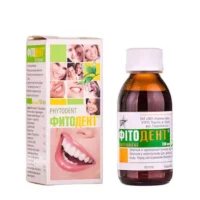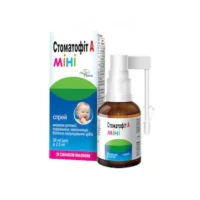Description
Irifrin Eye Drops 2.5% 5 ml Vial Cap.№1
Ingredients:
Irifrin eye drops contain 2.5% phenylephrine hydrochloride as the active ingredient. Other ingredients include benzalkonium chloride, disodium edetate, sodium chloride, sodium hydroxide, and purified water.
Mechanism of Action:
Phenylephrine, the active ingredient in Irifrin eye drops, acts as a sympathomimetic agent that constricts blood vessels in the eye. This vasoconstriction leads to reduced redness and swelling, providing relief to the affected eye.
Pharmacological Properties:
Phenylephrine in Irifrin eye drops functions as a selective alpha-1 adrenergic agonist, inducing vasoconstriction in the eye’s blood vessels. This mechanism results in decreased redness and irritation, offering symptomatic relief.
Indications for Use:
Irifrin eye drops are indicated for the temporary relief of redness in the eyes caused by minor eye irritations.
Contraindications:
Avoid using Irifrin eye drops if allergic to any of the ingredients. Patients with narrow-angle glaucoma should also refrain from using this medication.
Side Effects:
Common side effects may include temporary stinging or burning sensation upon application. Prolonged use of Irifrin eye drops may lead to rebound redness. Consult a healthcare professional if experiencing persistent or worsening symptoms.
Usage Instructions:
For ophthalmic use only. Instill 1 to 2 drops into the conjunctival sac of the affected eye(s) every 3 to 4 hours as needed. Prior to application, ensure hands are clean. Tilt the head back, pull down the lower eyelid, administer the drops, then gently close the eye and blink to disperse the medication.
Benefits Compared to Analogues:
Irifrin eye drops have demonstrated efficacy comparable to other similar medications in providing rapid relief from eye redness and irritation. The product offers a reliable solution backed by scientific evidence and clinical trials.
Suitable Patient Groups:
Irifrin eye drops are suitable for adults and children, including elderly patients, under proper medical supervision.
Storage and Shelf Life:
Store Irifrin eye drops in a cool, dry place away from direct sunlight. Ensure the vial cap is securely closed. Check the expiration date on the packaging and do not use the product beyond its shelf life.
Packaging Description:
Irifrin eye drops are available in a 5 ml vial with a secure cap for single-use application.





